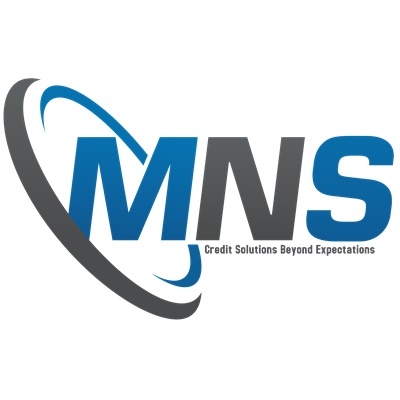Articles
5 Common Loan Terms You Need to Know Before Borrowing

Share article
Whether you are financing a home, covering education costs, or consolidating debt, taking out a loan can be a wise financial decision. However, it is crucial to comprehend the jargon used by lenders before you sign on the dotted line. You may make more informed financial decisions, prevent unforeseen expenses, and compare options more successfully if you are aware of the most typical loan terms. Explore the article to know about the common loan terms every borrower should know.
1. Principal
The initial amount you borrow from a lender is known as the principle. Interest and other costs are not included. As you make payments over time, a piece of each payment is used to pay off the principal and another amount is used to pay off the interest. You will pay less interest over the course of the loan if you lower your principal as quickly as possible.
2. Interest Rate
The cost of borrowing money, shown as a percentage of the principal, is called the interest rate. Interest rates come in two primary varieties: variable and fixed. With a fixed interest rate, monthly payments are predictable and stay the same for the duration of the loan. On the other side, a variable rate may increase your payment amount over time depending on the state of the market. Managing your budget requires knowing if a loan has a fixed or variable interest rate.
3. Annual Percentage Rate
The APR provides a more comprehensive view of the cost of borrowing, even though it is comparable to the interest rate. The interest rate plus extra fees such loan origination, closing, and other lender fees make up the annual percentage rate, or APR. As a result, it is a more accurate loan comparison tool. The annual percentage rate (APR) of a loan with a low interest rate and significant costs may be higher than that of a loan with a somewhat higher rate and few expenses.
4. Loan Term
The amount of time you have to pay back the loan is known as the loan term. Payday loans and short-term loans have terms as short as a few months, whereas some mortgages have terms as long as 30 years. In general, longer loan durations result in lower monthly payments but eventually higher overall interest costs, while shorter loan terms have higher monthly payments but lower total interest paid. Select a term that strikes a balance between total loan cost and affordability.
5. Collateral
An asset you commit to a lender as security for a loan is known as collateral. The lender is legally entitled to seize the collateral in order to recoup their losses if you are unable to repay. Secured loans, such as mortgages and vehicle loans, are those that need collateral, whereas unsecured loans, such as credit cards and personal loans, do not. Because they pose less risk to the lender, secured loans frequently have lower interest rates; however, in the event of a default, there is a chance that your assets will be lost.
Final Thoughts
You can proceed with confidence through the borrowing process if you are aware of these loan terms. When utilized properly, loans can be effective instruments, but misunderstandings of terms and circumstances frequently result in expensive errors. Make sure to read the fine print, compare offers, and ask questions before committing to any loan. A knowledgeable borrower is a wise borrower.
If you’re looking for safe and secured loans in Singapore, contact Gold Allianze Capital, the best loan company in Singapore.
Related articles
Market Forecast: Investment Accounting Systems

Building Business Trust: The Growing Importance of Due Diligence Services

How Medical Loans Can Ease the Burden of Rising Healthcare Costs

Advertisement

